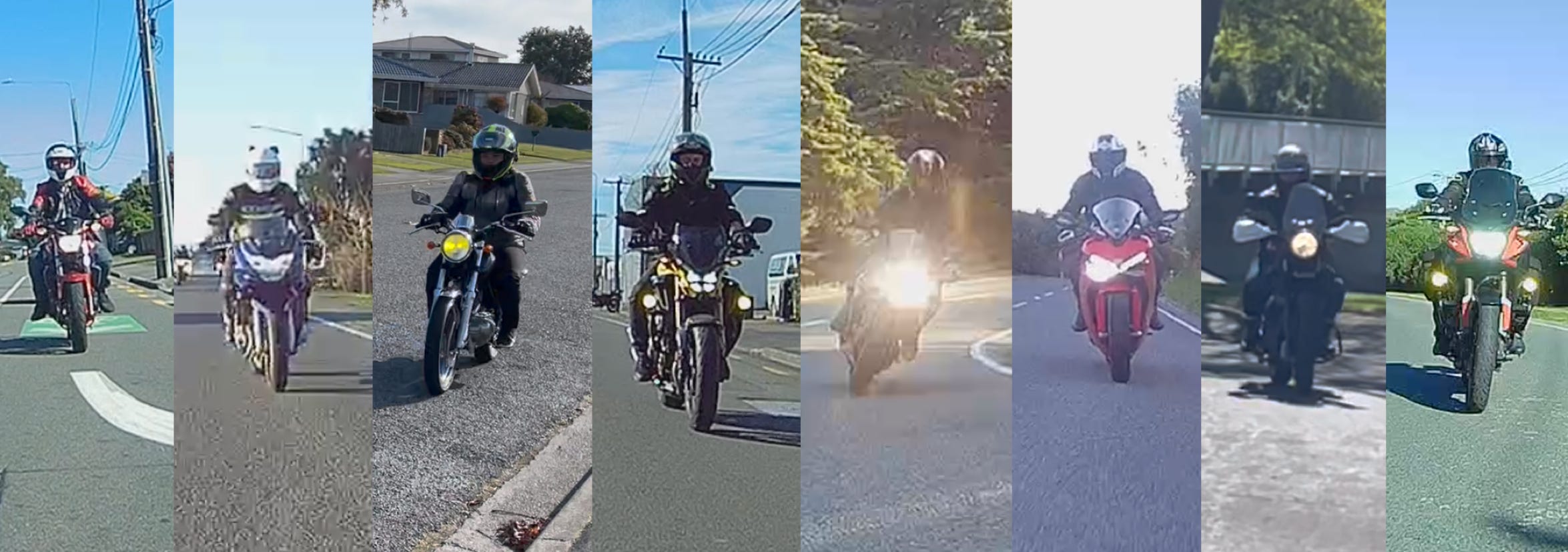What makes a great learner or daily motorcycle?
A good daily motorcycle is always fun. The lower cc motorcycles are nimble, not too heavy and easy to park up!
We have created a list of motorcycle attributes you can look for when buying your first motorcycle.
You can choose what you think is important to yourself but this list is focused on the different genres of motorcycles for learner riders.
There is such a large range of good motorcycles available today you are spoiled for choices!
1 Motorcycle engine choice
125cc is a good stepping stone into motorcycling but is generally too slow for town traffic and open road speed zones are not realistic. (Can it be done? Yes, but you are holding other vehicles up, adding risk for new riders)
250 - 500cc is the optimal engine size to learn on, pass licence assessments and use daily without trouble. Lighter riders on a 250cc will have a similar road speed ability as heavier riders on the 500cc engine size.
As a general guide, anything with 20hp (14KW) will do 100Kph with moderate head winds on a flat road. More power doesn’t mean you need go faster but you might need a larger cc motorcycle with more power to go up hills or carry some luggage - The effect of air resistance, road inclines and rider weight all consume the engine’s ability to take you down the road and this is why we recommend 250cc or larger as a first purchase motorcycle.
Single cylinder engines over 250cc
Smooth and torquey without urgency, no surprises with the power delivered.
You can do all road legal speeds on a single over 250cc all day long.
Typically it is cheaper to buy a single cylinder motorcycle, maintain and insure it.
Twin cylinders over 250cc
Twins are the better option for longer stretches of road.
They provide more urgency in the power delivery with less engine vibrations.
These features make twin cylinder engines more desirable than single cylinder engines when wanting an all purpose motorcycle.
Three and four cylinder engine options
Not generally recommended for absolute new riders, but every motorcycle is supposed to be ridden so it is your choice.
These items are often out of the price range for many new riders - motorcycle cost + insurance + running costs + steep learning curve.





















